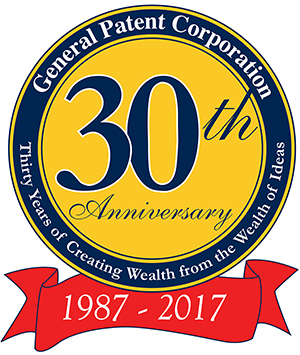 Q What is the first step in protecting my invention?
Q What is the first step in protecting my invention?
A Write down an invention disclosure containing, at a minimum, a detailed explanation of your invention that identifies the problem it solves and highlights the aspect of the solution believed to be novel. Include examples, drawings, diagrams and other illustrations, and date and sign your disclosure.
After you've got it all down on paper, you can send your disclosure to the U.S. Patent Office to be filed under the Invention Disclosure Program (see www.uspto.gov). The PTO will keep your disclosure for two years and then destroy it, unless it was referenced in a patent application filed within those two years.
Alternatively, you can ask two people to read your disclosure, date and sign it, and keep it in a safe place. Remember that the invention disclosure merely establishes the date of invention for what is disclosed, and only what is disclosed. It does not afford you any protection, nor does it excuse you from diligently working towards actual reduction to practice of your invention and/or timely filing a patent application (i.e., constructive reduction to practice).
Q Should I file a provisional patent application myself before asking a patent attorney to file a non-provisional patent application?
A Provisional patent applications have their pros and cons. A provisional application does not have to comply with the strict format rules of the PTO and it does not have to have any claims - two factors that make it seemingly easy to file pro se (i.e., by oneself, without the help of a patent agent or attorney). Herein, however, lies its danger.
Inventors frequently do not realize that a provisional application must comply with §112 USC 35 requiring that the application be "enabling". If your provisional application does not sufficiently disclose how to make and practice your invention to satisfy the requirements of this section, your application will not suffice to support a later utility patent application.
Another point to bear in mind is that the provisional application must provide support for the claims that will appear in the later utility ("regular") patent application. That is to say, all of the elements or limitations of these claims must be described in the provisional application if the utility application is to obtain the benefit of the filing date of the provisional application.
Q Can I write a patent application myself?
A Yes you can, but you shouldn't. While there are some excellent books, such as David Pressman's Patent It Yourself, that can teach you the basics and guide you through the process, experience shows that pro se patents are often unnecessarily narrow and of limited or questionable value.
If you are serious about commercializing and enforcing your patent, it is likely to be carefully scrutinized by counsel for competitors or potential licensees, and may well end-up in court where it is going to be attacked on all possible grounds. To survive this level of scrutiny, it had better be written by an experienced patent practitioner who is not only familiar with patent prosecution but, to some extent, with patent litigation as well.
Remember the old adage: He who represents himself has a fool for a client.


